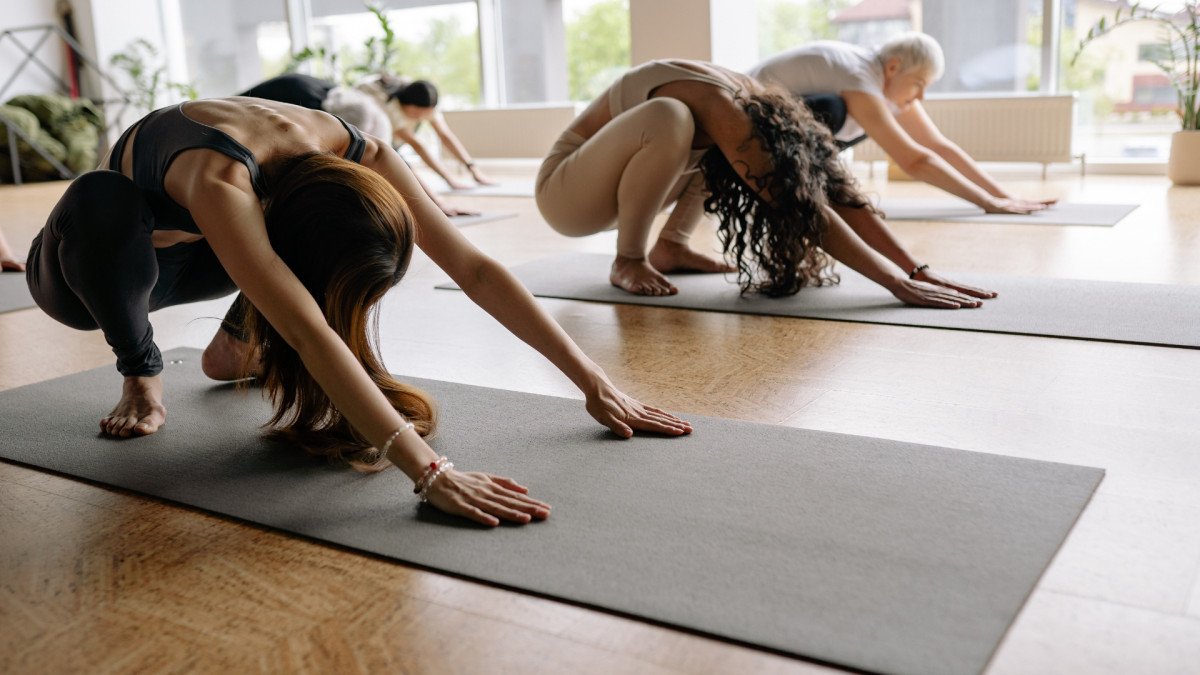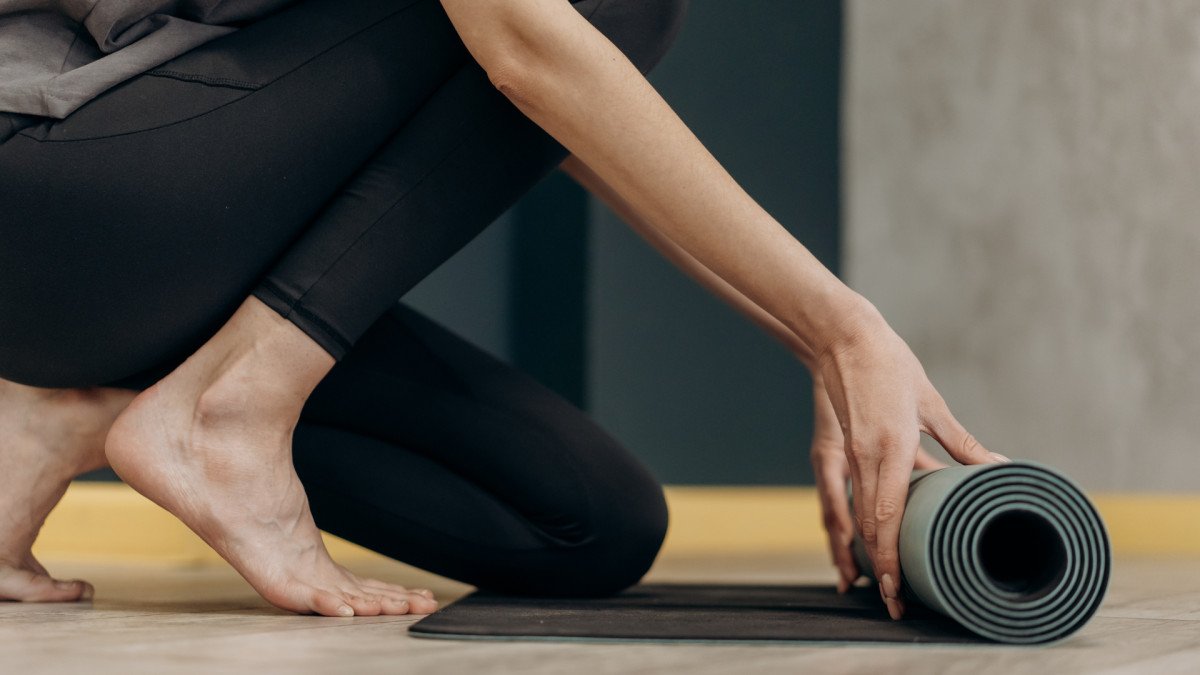
Trauma and yoga are two terms that, separately, have gained a lot of popularity in recent years. However, seeing them together is still surprising and new for many people and few know the relationship between both concepts. Does yoga treat trauma or simply help you feel better?
Throughout this article we will address the main aspects related to trauma-sensitive yoga. We will answer what its origin is, what its main characteristics are and the benefits that this type of yoga provides. In addition, we will also see what techniques are used and the precautions that we must take into account.
Origin of trauma-sensitive yoga
Yoga is a discipline that encompasses physical, spiritual and cognitive aspects that originated thousands of years ago in India. However, over the last few decades it has become popular and spread in the West due to its extensive benefits, undergoing certain modifications.
Trauma-sensitive yoga is an adaptation that has been developing over the last two decades. It is proposed as a tool to address intervention and support for people with emotional trauma through body work. In this type of intervention, great importance is given to the person being able to decide.
Trauma-sensitive yoga (YST) was pioneered by Bessel van der Kolk, a psychiatrist who pioneered trauma work and research. Another of his great contributions is the book titled “The Body Keeps the Score” in which he implies the great importance of the body, how trauma is stored in it and the importance of yoga.
In the early 2000s, the first studies began to be carried out in which the results obtained with the application of trauma-sensitive yoga were evaluated. These were carried out with survivors of sexual abuse, neglect and child abuse, war veterans and people at risk.

Key aspects and concepts about the YST
Trauma-sensitive yoga is considered to be a therapeutic practice that helps restore the nervous system of trauma survivors. This modality is considered sensitive to trauma since it takes into account the complexity that trauma entails both on a physical level, in our nervous system, and on an emotional and mental level.
One of the main objectives of this modality is the creation of a safe and compassionate space. Through certain movements and breathing practices, it is intended that the person can explore their own bodily sensations from safety.
Although it is true that the teacher offers some options and invites people to perform certain movements, it is the trauma survivor who makes decisions about the body movements that he or she wishes to perform or not. These are based on the present moment, that is, in the here and now. Classes can be given individually, but can also be offered in small groups. During trauma-sensitive yoga practices, the instructor performs the practice with the survivor(s).
Ideally, it will be located in the same place, where it will remain throughout the class. That is to say, Unlike other yoga classes, the instructor does not move around the classroom. This contributes to generating security for the nervous system of the survivor. Along these lines, maintaining the idea of generating security in the person’s nervous system and in their body in general, classes are usually predictable sequences in which new postures are introduced gradually. No posture corrections or adjustments are made so that the person feels free to make the appropriate movement for themselves.

Benefits of trauma-sensitive yoga
While it is true that it is interesting to continue exploring, studying and researching this new line of intervention, the evidence obtained so far is truly encouraging. There are multiple benefits that have been observed and obtained when applying trauma-sensitive yoga.
Given that this discipline has been developed based on theories about trauma, attachment and the data that neuroscience provides, the benefits obtained are in various areas. Some of them are mentioned below:
Elements and techniques used
As has been mentioned so far, trauma-sensitive yoga is part of the ancient discipline of Yoga. Therefore, the elements and techniques start from it. It is true that the necessary adaptations are made to the needs of each person or each group. The main purpose is that both the postures and breathing techniques are accessible.
During the practice, no posture is imposed or orders are issued, the person is invited to perform a posture and some options are given so that the person can choose what is most appropriate for them at each moment. The aim is to promote decision-making in the same way as knowledge of one’s own nervous system.
It is essential that instructors are adequately trained and accredited in trauma and especially in trauma-sensitive yoga. It is necessary that the people who guide can attend to the possible reactions that may be triggered. When working with trauma survivors, it is crucial to create spaces of safety and secure bonds.









